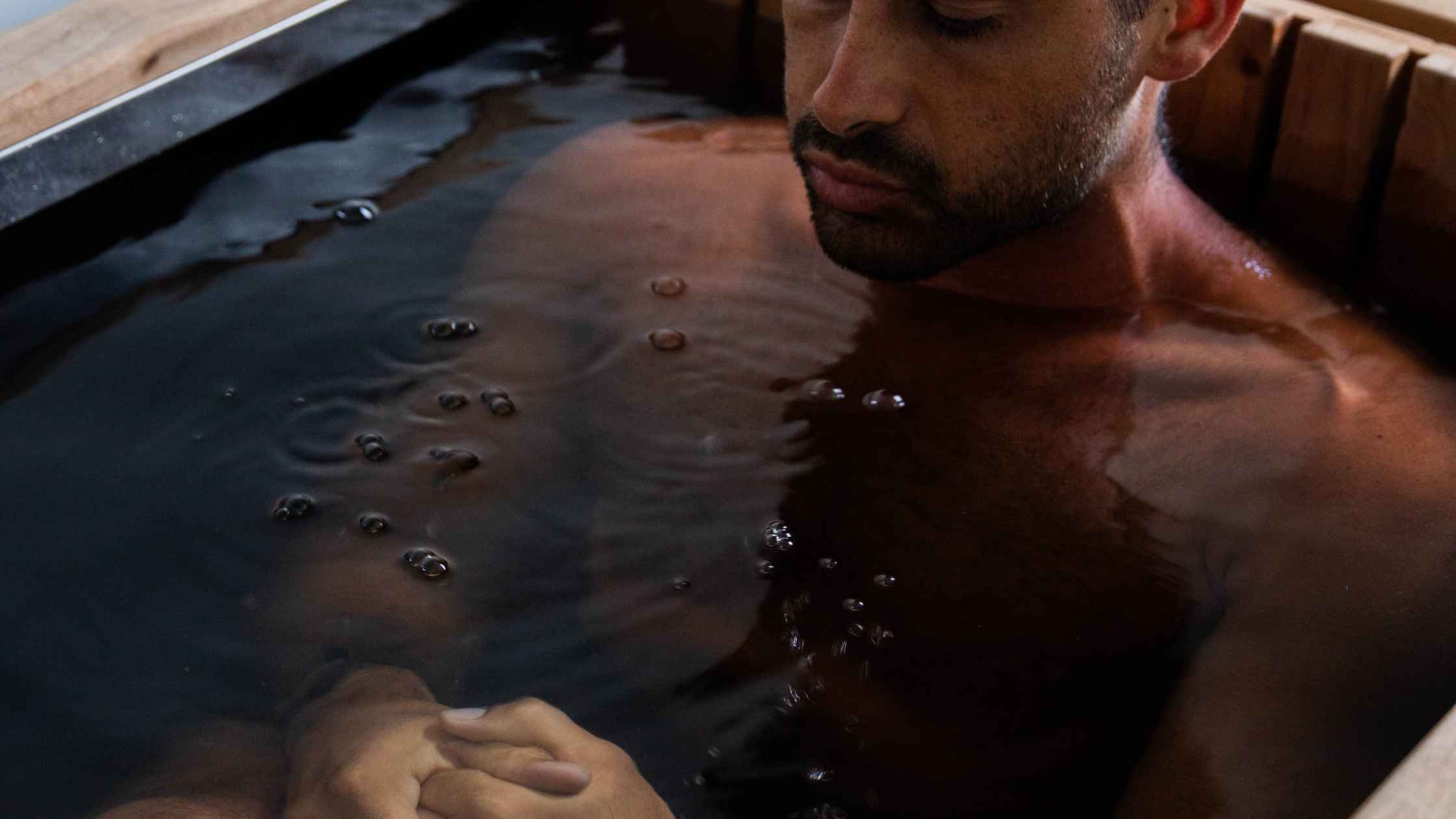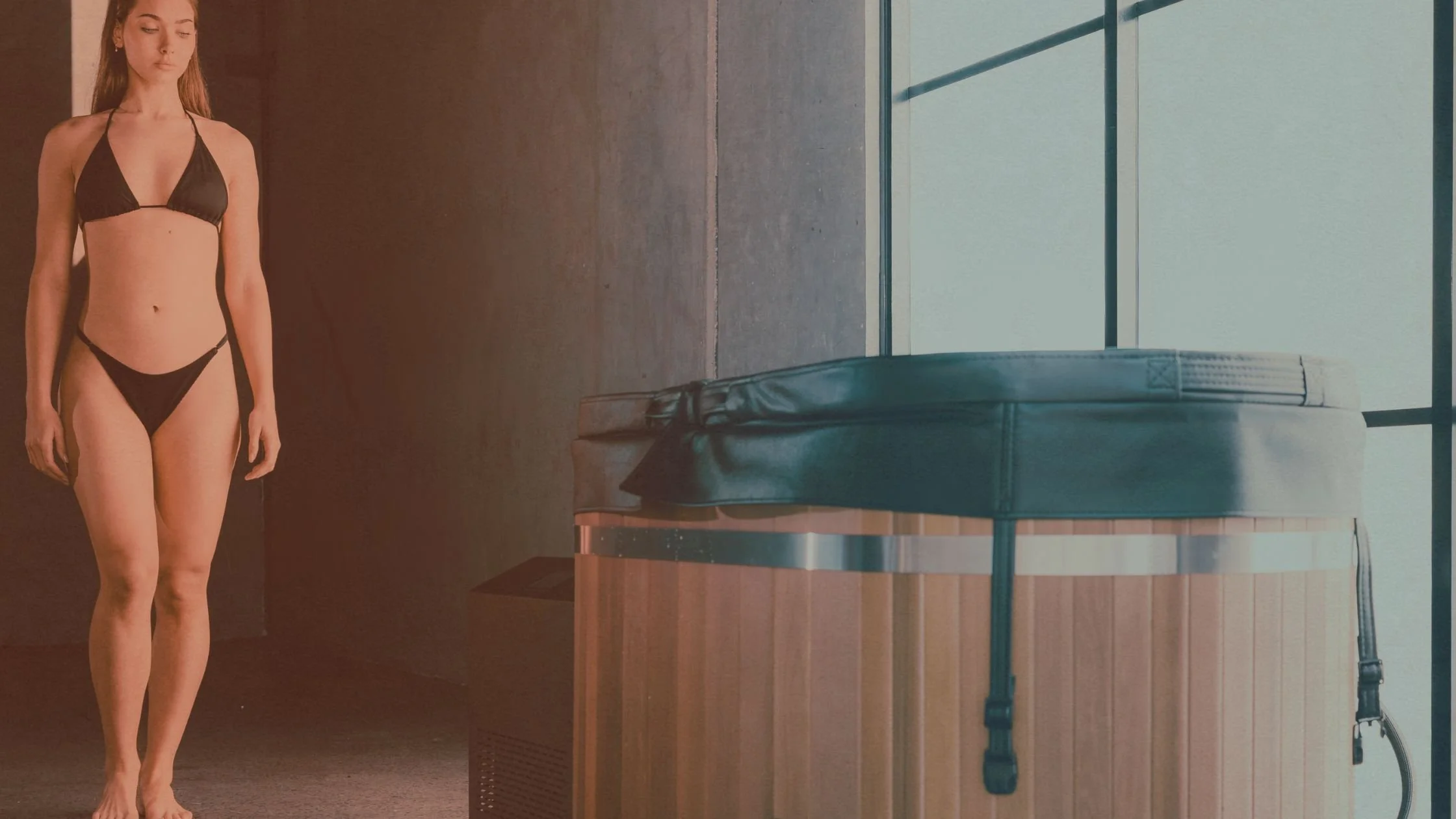How To Breathe During Cold Water Exposure – Cold Plunge Ice Bath Tips
There is no doubt that the breath is a cornerstone of any good cold therapy practice and is the key focal point of any cold immersion practitioner or guide.
The breath is the gateway to the mind and body, and a conscious breathing practice has the ability to shift the mind and body depending on the techniques used.
Cold water from an ice bath or cold plunge cause a shock response in the body that leads to almost immediate changes in breath rate, heart rate, blood pressure, and other non-visible signs of the body leaping into action to protect itself from the stressor of the cold like huge releases of adrenaline, noradrenaline, dopamine and more.
The benefits of submerging the body into cold water are highly shared and backed up by more and more science now. But to get the most out of these various benefits, it is important to go into the cold armed with some strong breathing awareness to keep yourself safe and optimise your time in the cold.
How To Breathe During An Ice Bath or Cold Plunge
You will notice that every cold therapy facilitator or practitioner will centre their guidance of going into the cold around the breath. Conscious control of the breath in cold is the key to getting the most out of your cold plunge benefits.
There are four main areas to focus on when preparing for and immersing in the cold. You want to ensure your breathing is slow, soft, through the nose, and has a pattern.
Breathe Slow
A slow of the breath is a message to not hit the panic button when the cold hits the body, and that everything is safe and ok.
A slow, full breath in and out, with an extended exhale will help you overcome the initial shock of the cold and give you greater control over your physical reactions and stress response.
Breathe Soft
Exercising a “light” breath, and one that is not taken with force or noise, gives the effect of building air hunger and CO2 tolerance. This goes hand in hand with slow breath, and will signal to the body to relax into the cold.
Breathe Through The Nose
There is a lot of research about superior benefits of breathing through the nose rather than through the mouth.
Breathing through the nose, and not the mouth, will produce greater amounts of Nitric Oxide in the blood, a vasodilator, and improve your uptake of oxygen. While nasal breathing, you are promoting the activation of the parasympathetic state within a stressful environment. Nasal breathing also provides far better warming and air purifying qualities than mouth breathing, with research indicating improvements in overall health markers and lung capacity from regular nasal breathing.
Breathing Pattern
Especially for a beginner, one of the best ways to maintain positive breathing during cold exposure is to start with a rhythm even before getting into the cold, to set a foundation for the breathing pattern.
Depending on your lung capacity, some people like to set a cadence of 6 seconds inhale: 6 seconds exhale. Doing a few rounds of this prior to entering the cold can set a pattern for you to follow, which will again alleviate the stress response.
This pattern can also be a useful tool to use as timing instead of going against the clock. Completing 10 rounds of this rhythm in the ice bath would put you at 2 minutes and give you a good focal point, being the breath, rather than a clock.
Using the Wim Hof Method for Cold Exposure
The Wim Hof Method is another very widely used breathing method around cold water exposure. The Wim Hof breathing method is rooted in science and is based around other ancient breathing techniques like Tummo breathing.
The Wim Hof technique is suitable to be practiced prior to a cold plunge (but not during) and takes about 15 minutes for a full session. The Wim Hof breathing method is a hyperventilation style of breathing and can have some quite intense effects on the senses, so it is important to make sure you do not have any contraindications to doing this breathing method and most certainly do not engage in this breathing while in the water, operating machinery or driving.
The Wim Hof breathing technique can be summarised by the following steps and many people like to do this breathing technique lying down flat on the ground or you can also do it in a seated position:
Find your breath with a few full inhales and full exhales
Using filling from your lower ribs up to your chest, take a full breath and allow the exhale to fall out, repeating this 30-40 breaths
On the last breath, exhale completely (without forcing) and hold, while focussing internal
When you feel the urge to breath, inhale fully and hold for 10-15 seconds
Complete this process for 3-4 rounds before shaking off and getting into the cold
As this breathing exercise has the ability to cause dizziness and fainting, it is really important to practice this with a partner especially if you are new to it, and never combine hyperventilation style breathing around water due to risk of blackout or fainting.
Conclusion
Whether you are just beginning your cold therapy practice or are a cold plunge veteran, breathwork is a super powerful tool to use and play with to evolve your experience and cold plunge journey.
By focussing on some simple areas of your breathe it is possible to take conscious control of your breathing which in turn gives you tools to influence your nervous state and affect your breathe rate, blood flow, body tension, mental health and more.













